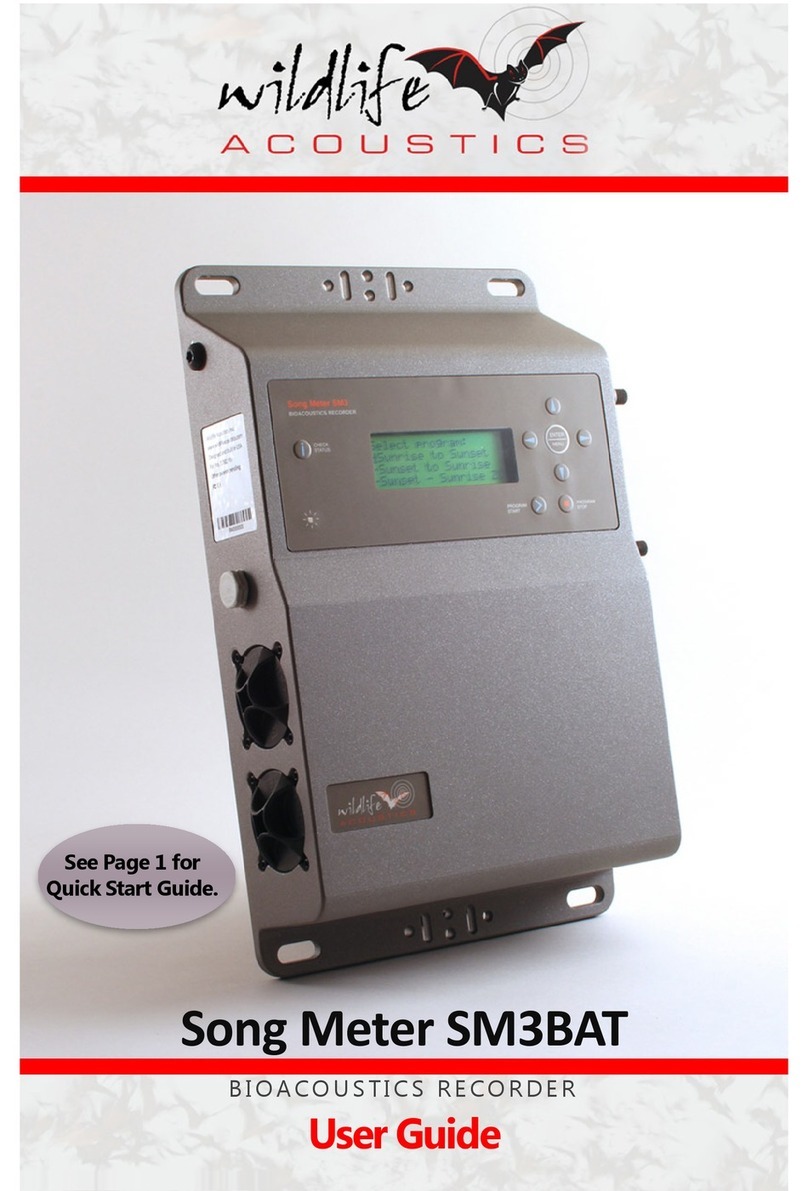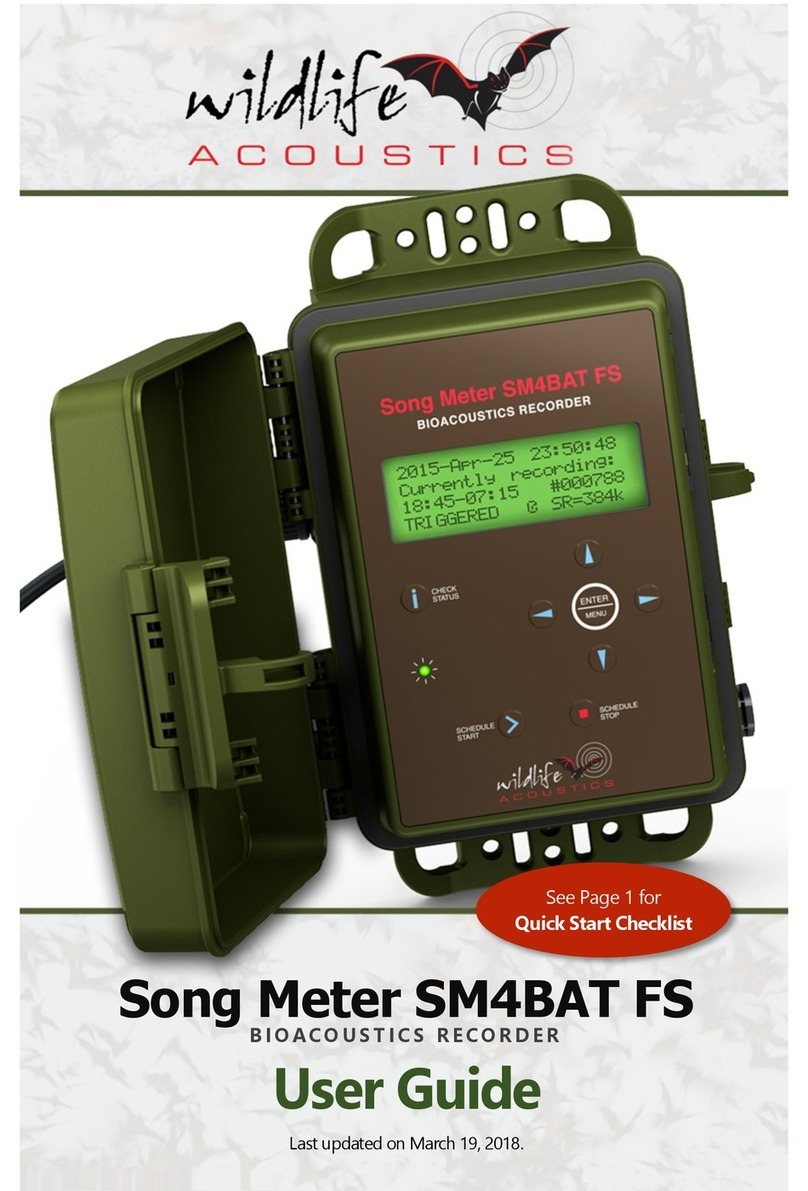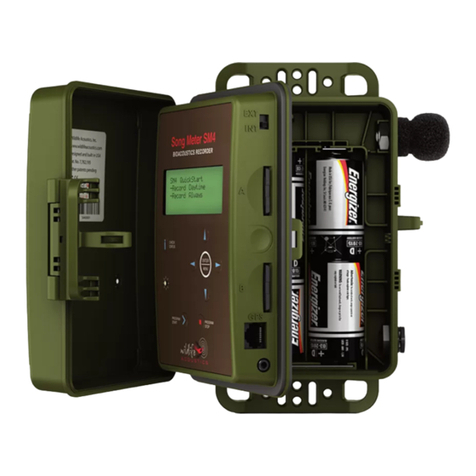Meter Touch allows high quality recording suitable for
analysis by experts. The built-in Auto-ID feature also
suggests the two most likely bat species for each recording,
for the enjoyment of enthusiasts hoping to learn more about
bats. These automated identifications, though largely
accurate, should not be relied on as a basis for scientific
research. Auto-ID is intended for use in analyzing recordings
of single bats in free flight in low clutter environments.
Recordings of roost emergence, multiple or captive bats,
bats in high clutter environments, or bat social calls are not
suitable for Auto-ID. In addition, the Auto-ID feature does not
include every possible bat for each of the covered regions.
Therefore, if a bat that is not included is recorded, it will be
identified by the app as a species with a similar echolocation
call type. In North America, there are seven species included
in the species list that do not have classifiers. They are
included so as to allow the user to learn about every species
that occur in their state.
Record to WAV files
Use triggered recording to automatically save bat passes to
full spectrum WAV files for analysis on a computer or to view
on your Android device. Or use manual record mode to
control start and stop of recording. View the recording
spectrogram and add voice or text notes. Listen to the
recording using RTE, HET, or traditional Time Expansion
Playback (playback at fractional speed to make the ultrasound
audible).
See your path and recording locations
View your path, including recording locations in satellite or
road map view. View identified species codes directly on the
map. Go to the recording's spectrogram from the map view.
Transfer to your computer to view in Google Earth. Your
Android device must have GPS capability or you must use a
Bluetooth GPS receiver for this functionality.































